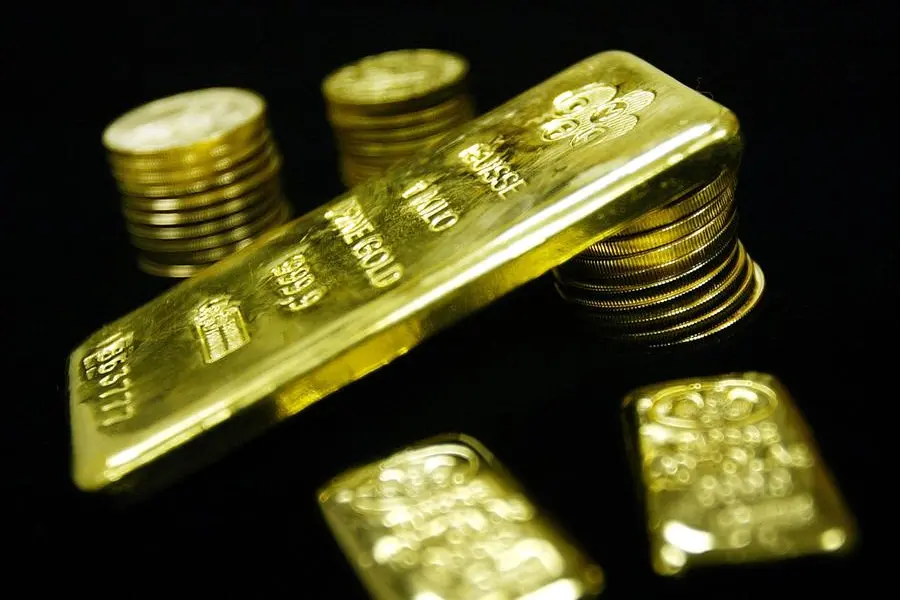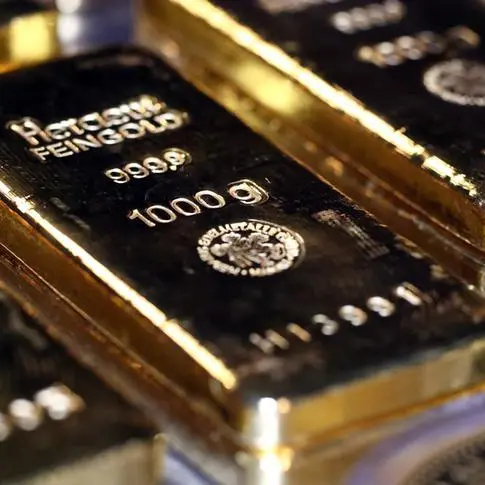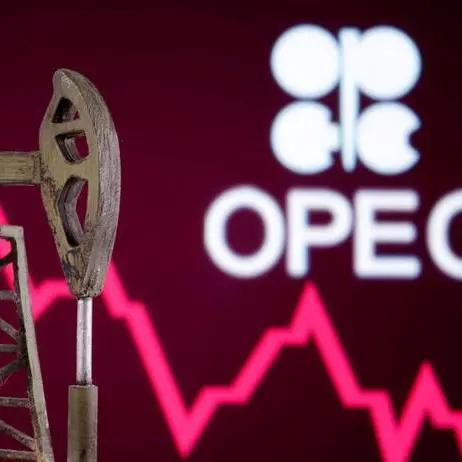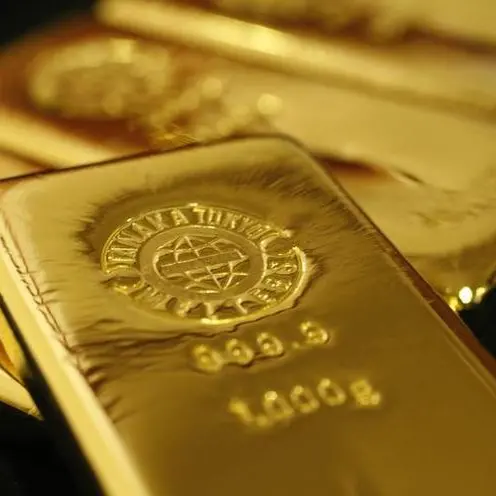PHOTO
UAE - A breakdown in the dollar, which continues to dominate the gold market, could eventually push gold prices above $2,500 an ounce, according to precious metal analysts.
Gold has outperformed most other major asset classes in the past 12 months as it continued to resist rising interest rates while maintaining its role as a safe bet against inflation, analysts pointed out, predicting a target of $2,500 by the end of next year — more than 26 per cent higher than current levels.
David Neuhauser, founder of Livermore Partners, set a target of $2,500 by the end of 2024. “Much of this has to do with the fact that recessionary forces may take hold beginning later this year and gain steam in 2024.” Neuhauser expects stagflation to persist in the global economy for the next few years as inflation falls to between 3.0 per cent and 5.0 per cent.
Gold tends to perform in periods of uncertainty such as recessions and stagflation due to its status as a reliable store of value, and is often used as a hedge against inflation.
“I’m pretty confident that within a couple of years, we will see $2,500 gold. Any type of recessionary move would be positive for gold,” said Randy Smallwood, CEO of Wheaton Precious Metals, adding that he’s seeing weakness in the Chinese and US economy.
Carley Garner, co-founder of the brokerage firm DeCarley Trading, said that the yellow metal, as it holds critical support levels, is in a good position to hit new all-time highs when the greenback’s momentum starts to fade.
Most market pundits expect the current momentum in the greenback could be running out of steam as the Federal Reserve is unlikely to continue to maintain its aggressive monetary policy stance through year-end.
Garner expects the dollar index to hold resistance below 105 points. Ultimately, she sees the dollar eventually retesting support at 99 points.
“If we break below that support level, we are probably going back towards the mid-nineties and if that’s the case, that’s a game changer for gold,” she said. “Suddenly, we are not looking at $2,000 gold but new all-time highs.”
Garner added that the market could remain volatile in the near term, with prices potentially retesting support around $1,900 an ounce. If bearish momentum picks up, it would not be surprising to see prices fall to $1,980 an ounce, she said.
One of the reasons why most analysts see so much potential in gold is because of how resilient it has been in the last few months. While bond yields in the US remain near 15-year highs above 4.0 per cent, gold has held critical support around its 20-day moving average. A peak in long-term yields would remove another headwind for gold, they argued.
“I do see gold moving above $2,100 in late 2023, early 2024 as a trading level,” said TD Securities’ managing director and global head of commodity strategy, Bart Melek, attributing his optimism to a potential pause in the Federal Reserve tightening cycle. “I am positive on gold as I believe that the Fed will tilt policy away from its current restrictive mode. This I believe will happen before the 2.0 per cent inflation target is reached,” Melek was quoted by CNBC.
A key reason for the positive outlook for gold, according to analysts, is the anticipated peak in Fed rate hiking cycle as well as upcoming topping out of dollar strength. Some of them predicted that gold will trade at $2,100 per ounce by the second quarter of 2024. They pointed out that gold prices tend to have an inverse relationship with interest rates. As interest rates rise, demand for gold drops as alternative investments like bonds become more appealing and yield better returns.
Another reason for gold’s bullish outlook is the strong buying by central banks, which has been consistently strong alongside consumer demand for the precious metal. Yellow metal analysts also see a return of physical gold jewellery demand from China and India as both economies stabilise and retail spending returns.
Physical demand for gold across some regions has returned, and central banks’ gold demand remains strong, said Nicky Shiels, head of Metals Strategy at precious metals company MKS PAMP.
After returning to net gold buying in June, central banks continued to add to their gold reserves in July.
Globally, central banks reported net purchases of 55 tonnes in July, according to the latest data compiled by the World Gold Council.
Copyright © 2022 Khaleej Times. All Rights Reserved. Provided by SyndiGate Media Inc. (Syndigate.info).












